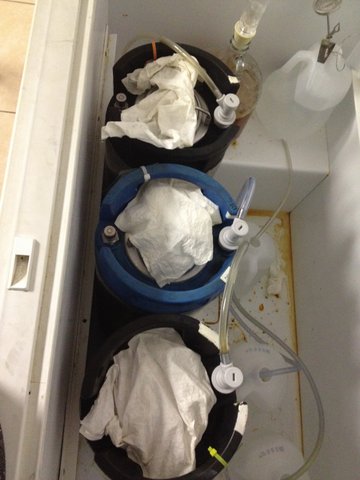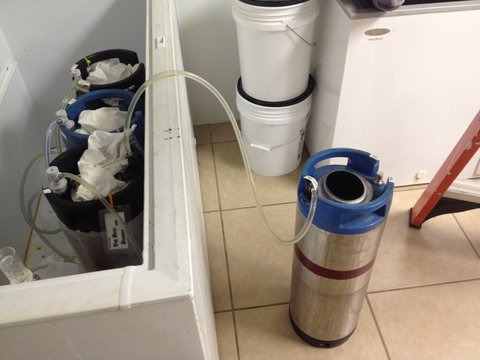Rob,
thats exactly what happened to mine, I hooked the blow off on the out side and it purged all 5 gallons out. Someone suggested to remove the dip tube and thats what I have been doing. I remove the dip tube and hook the blow off there. When I go to transfer I just put the poppet and dip tube back in the post, and transfer using co2.
I also go through a filter into the serving keg, makes it nice and easy to clean up.
thats exactly what happened to mine, I hooked the blow off on the out side and it purged all 5 gallons out. Someone suggested to remove the dip tube and thats what I have been doing. I remove the dip tube and hook the blow off there. When I go to transfer I just put the poppet and dip tube back in the post, and transfer using co2.
I also go through a filter into the serving keg, makes it nice and easy to clean up.







